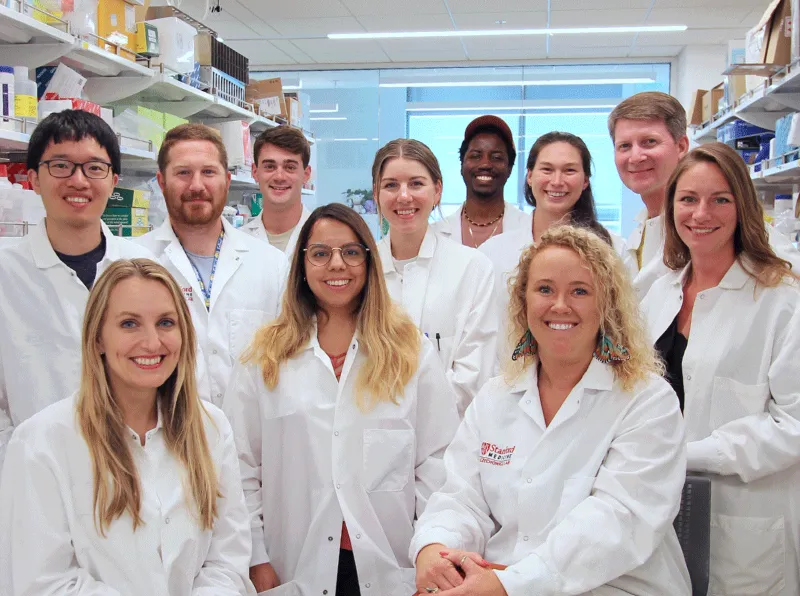Why is Cancer Such a Threat for People with FA?
Advanced age for people with FA has revealed more FA-related issues, however, with one major problem at the forefront: cancer. Young adults – and even teenagers – with FA may develop aggressive cancers typically seen in 60 and 70-year-olds in the general population.
Head and neck cancer and anogenital cancers are the most diagnosed solid tumors and cancer is now the main cause of death in adulthood for patients with FA. Depending on the type of cancer, the incidence of FA cancers is 500- up to 3,000-fold higher than in the general population. With most children with FA reaching adulthood, it is even more urgent to find safer, better treatments as fast as possible.
There is no current curative treatment for FA cancer. Until new therapeutic and preventative measures are available, the best approach is to focus on reducing the risk of developing cancer. It’s important to avoid smoking and drinking alcohol, as well as exposure to second-hand smoke. Maintaining good oral hygiene and getting regular check-ups of the mouth and throat to screen for cancer is important.
If cancer is found, surgery is the best option for treatment. Radiation and chemotherapy can be used in advanced cases, but they can have serious side effects and should only be used by experienced doctors who can prevent and treat any associated problems.
Click here to download an informational sheet about Oral Cancer Screening for Dentists and ENTs.





